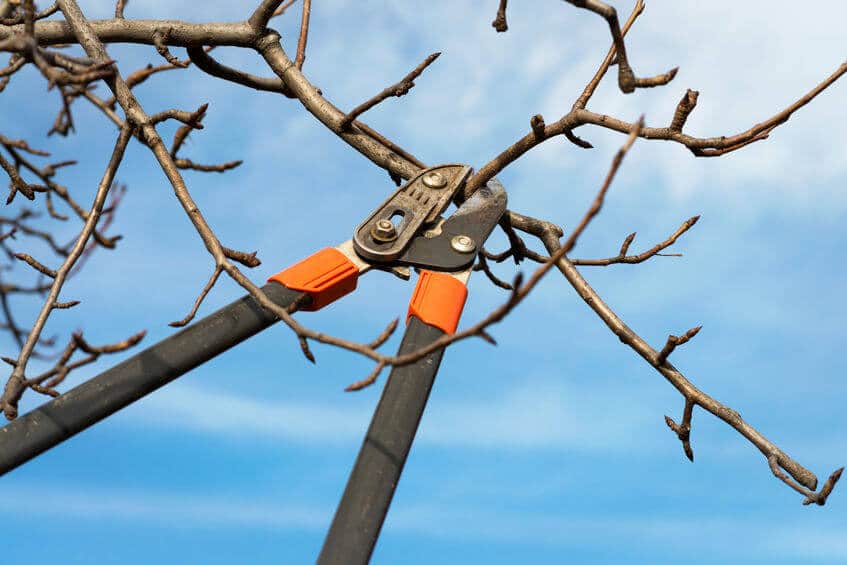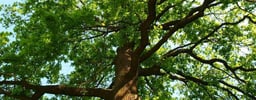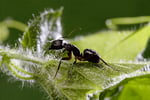Some people may get the wrong impression that thatch in the lawn is a bad thing, but thatch is actually beneficial to your lawn because it helps conserve moisture. However, if the thatch layer builds up too much it can cause major harm to your lawn. In this case, this proves the old saying wrong and you can “get too much of a good thing.”
Some of you might be wondering what the word thatch is and how it affects your lawn, so let us explain; Thatch is the matted layer of dead and living stems and roots that form between the layer of actively growing grass and the soil underneath. When the thatch layer reaches deeper than ½” deep it can become an ideal environment for lawn diseases and insect infestation. A thick thatch layer will also restrict water and oxygen from getting deep into the root system, which can ultimately cause grass seed to take root in the thatch rather than the soil. This keeps the root system from growing strong or to receiving the nourishment it needs.
After all the work homeowner’s put into their lawn, the last thing they want to is have their lawn damaged because of a thatch problem. There are simple remedies to help reduce the thatch layer in your lawn. Two of the most popular treatments are a yearly core aeration and, in more extreme cases, the use of a power rake. Both of these options will help reduce the thatch in your lawn and allow the roots to get the oxygen and nutrients it needs to be healthy and looking its best.
If you would like more information on lawn dethatching services in your lawn, or what Senske Services can offer to help, please contact Senske at 877-944-4007 today to learn more about our lawn care services.










